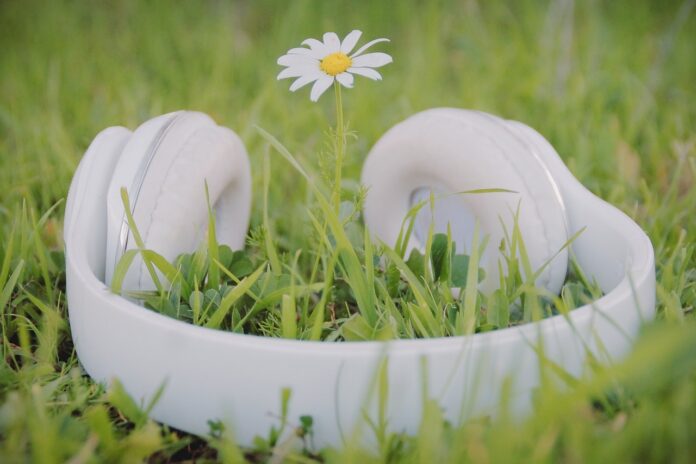Plants under stress show altered phenotypes, such as color, scent, and shape variations. However, the airborne sounds produced by stressed plants have yet to be studied. Plant phenotypes change significantly in response to stress.
They are visually distinct and emit volatile organic compounds (VOCs). VOCs can also affect nearby plants, resulting in increased resistance. Plants have been shown to produce visual, chemical, and tactile cues to which other organisms can respond.
According to the research, there is a variety of plant sounds around us that humans can use with the proper equipment.
Tel Aviv University (TAU) researchers have recorded and analyzed distinct sounds emitted by plants. The click-like noises, which sound like popcorn popping, are produced at a volume comparable to human speech but at high frequencies above the human ear’s hearing range.
The researchers discovered that when plants are stressed, they typically emit sounds, and each type of stress and plant has a uniquely identifiable sound. The sounds emitted by plants are audible to many animals, including bats, mice, and insects, even though they are inaudible to human ears.
Prof. Lilach Hadany said, “From previous studies, we know that vibrometers attached to plants record vibrations, but do these vibrations also become airborne soundwaves sounds that can be recorded from a distance? Our study addressed this question, which researchers have been debating for many years.”
A new study focused on tomato and tobacco plants, but wheat, corn, cactus, and henbit were also recorded. Ultrasonic microphones recording sounds at frequencies ranging from 20 to 250 kilohertz were placed about 10cm away from each plant.
He said, “Our findings suggest that the world around us is full of plant sounds and that these sounds contain information – for example, about water scarcity or injury. We believe humans can also utilize this information, given the right tools such as sensors that tell growers when plants need watering.”
In order to test whether plants emit sounds and whether these sounds are in any way affected by the plant’s condition, the researchers subjected the plants to various treatments. Some plants went without water for five days, some had their stems cut, and some were left alone.
The researcher said, “Our recordings indicated that the plants in our experiment emitted sounds at frequencies of 40-80 kilohertz. Unstressed plants emitted less than one sound per hour, on average, while the stressed plants, both dehydrated and injured, emitted dozens of sounds every hour.”
Machine learning (AI) algorithms were used to analyze the recordings. The study discovered that plants emit sounds that contain information about water scarcity or injury.
The algorithms learned to differentiate between different plants and different types of sounds, and they were eventually able to identify the plant and determine the type and level of stress from the recordings. The algorithms identified and classified plant sounds even when placed in a noisy greenhouse.
The number of sounds the plants in the greenhouse produced increased to a certain peak and then decreased as the plants were subjected to dehydration.
Prof. Hadany said, “In this study, we resolved a very old scientific controversy: we proved that plants emit sounds! Our findings suggest that the world around us is full of plant sounds and that these sounds contain information about water scarcity or injury. We assume that in nature, the sounds emitted by plants are detected by creatures nearby, such as bats, rodents, various insects, and possibly also other plants that can hear the high frequencies and derive relevant information. We believe that humans can also utilize this information, given the right tools – such as sensors that tell growers when plants need watering. Apparently, an idyllic field of flowers can be a rather noisy place. It’s just that we can’t hear the sounds.”
Future research will examine a number of intriguing questions, including how plants make their sounds, how moths detect and react to plant sounds, and whether other plants can hear these sounds.
The result shows that when plants are stressed, they emit remotely detectable and informative airborne sounds.
Journal Reference:
- Itzhak Khait, Lilach Hadany, etal. Sounds emitted by plants under stress are airborne and informative. Cell. DOI: 10.1016/j.cell.2023.03.009
